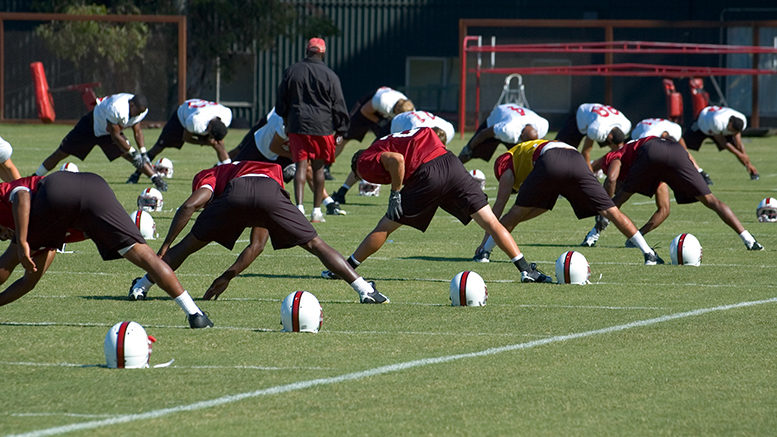Two-year college athletes are more likely to experience food insecurity and homelessness than athletes at four-year colleges and universities, according to a new survey.
The Hope Center for College, Community, and Justice at Temple University — which tracks college students’ struggles with hunger and homelessness — has released the results of a new survey that examines the challenges among college athletes. More than 3,506 student-athletes participated in the survey, including 1,640 from two-year colleges.
Not surprisingly, a larger percentage of students at two-year colleges self-reported struggles with food and housing insecurities. Nearly 40 percent of two-year college athletes said they faced food insecurity in the prior month, with nearly one-quarter experiencing high food insecurity, according to the survey.
Compared to non-student-athletes, all student-athletes had lower rates of food insecurity. The gap was less at community colleges (43 percent of non-athletes and 39 percent of student-athletes), but their rates were much higher than students at four-year institutions (32 percent of non-athletes and 23 percent of athletes).
However, two-year college athletes did have higher rates of homelessness than non-athletes. At two-year colleges, 20 percent of the surveyed athletes said they experienced homelessness, compared to 17 percent of non-athletes. At four-year institutions, more non-athletes reported being homeless compared to athletes (16 percent vs. 14 percent, respectively).
A report detailing the survey results noted that a small number of athletes receive sports scholarships. At Division I and II institutions, only about three in five student-athletes receive an athletic scholarship, and most of those are partial scholarships, it said.
The survey also examined student-athletes in the workforce. As expected, in comparison to non-athletes, student-athletes are less likely to work during the school year, including two-year colleges. However, two-year college athletes (nine percent) were more likely to work 21 to 30 hours and more than 30 hours a week than athletes at Divisions I, II and III institutions.
The survey also examined food insecurity in relation to meal plans (even with meal plans students experienced food insecurity) and the correlation between hunger/home insecurity and grades.

